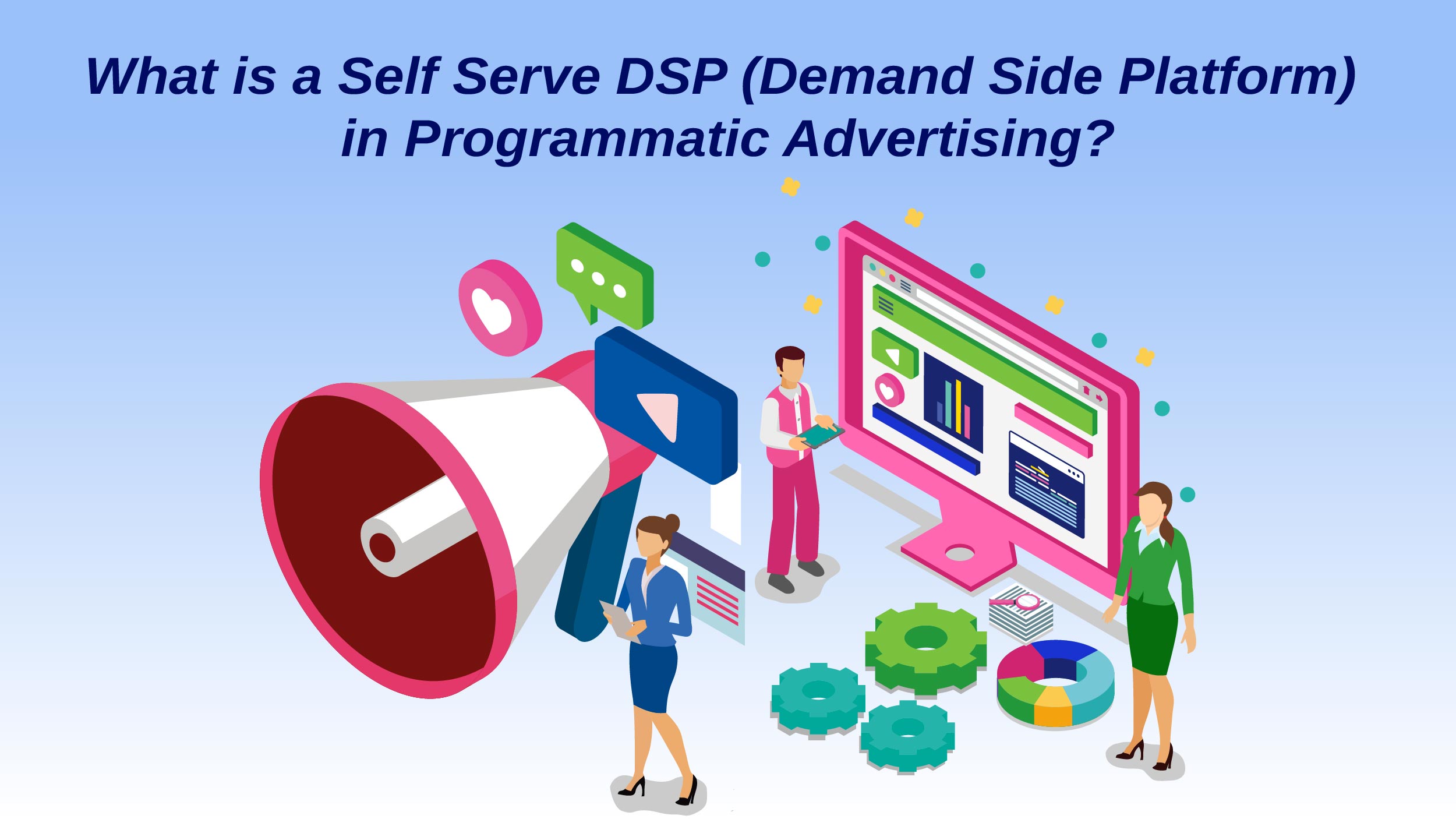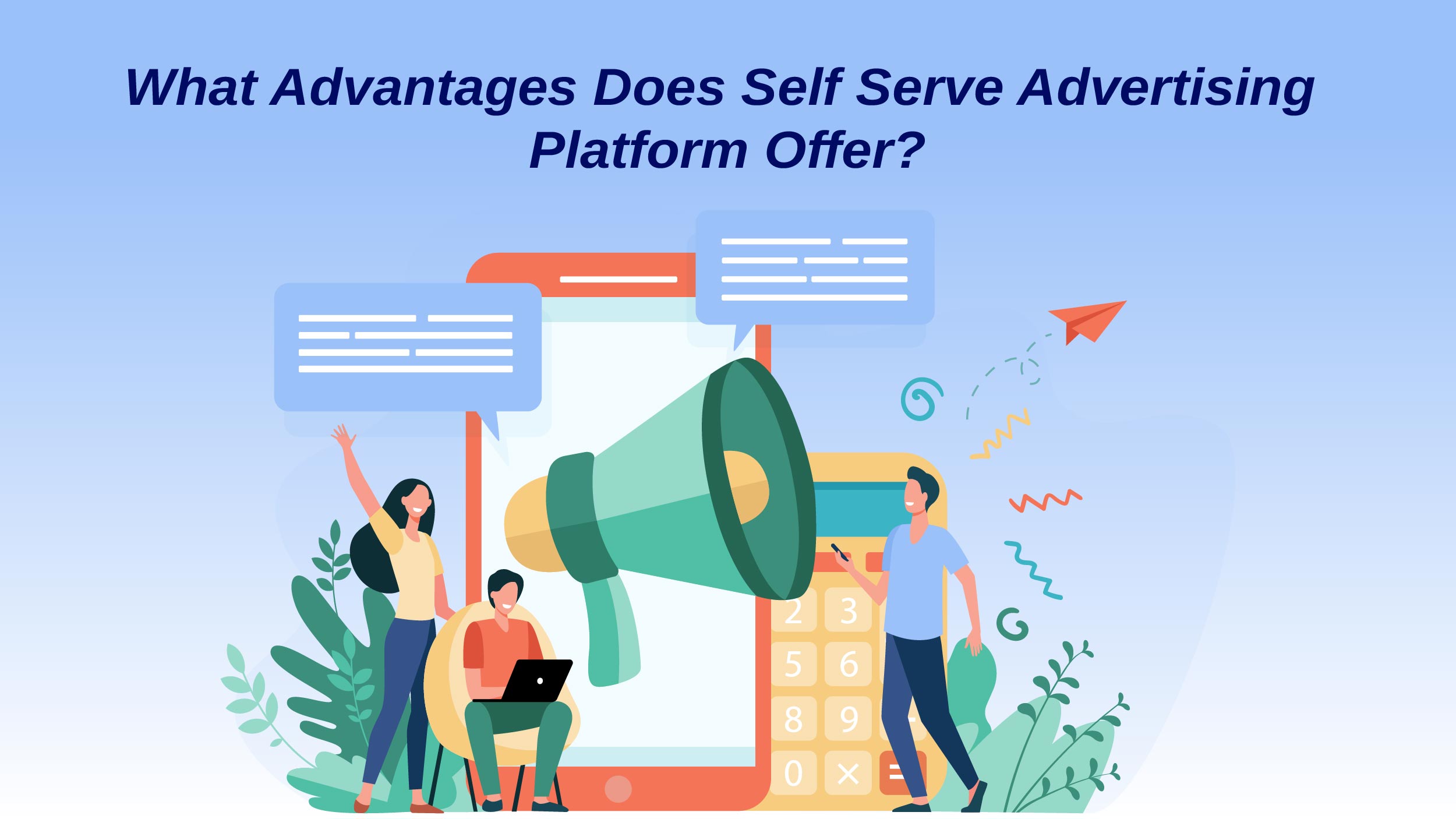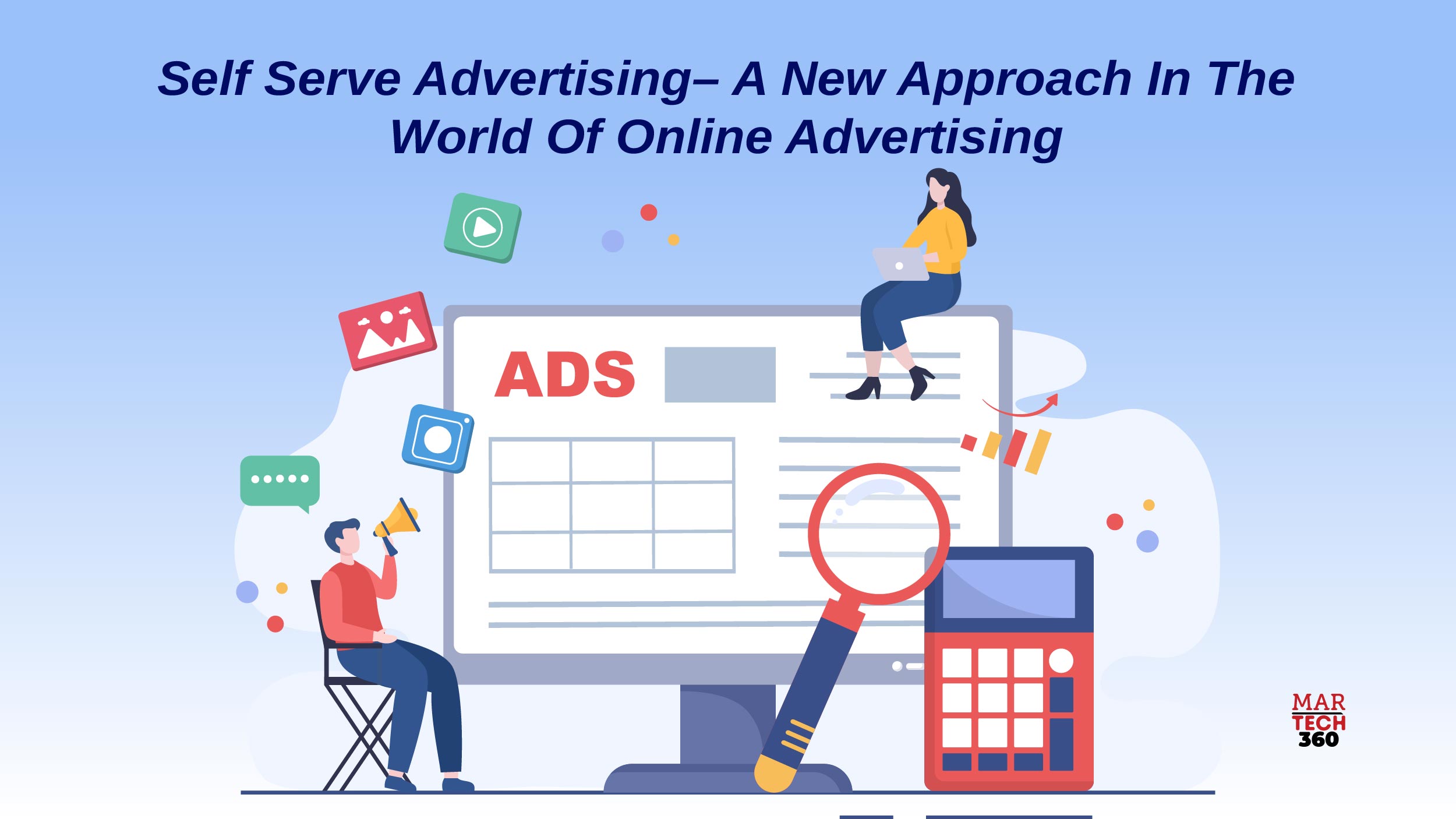Self serve has become more common in both our personal and business lives. The ability to handle tasks without relying on another person has given us control over various aspects, such as online shopping (like on Amazon) and job searches (as seen on LinkedIn). Nearly every online platform now offers self-service options, and even tasks like filing taxes are commonly done independently.
According to a McKinsey study from the same year found that 86% of respondents preferred using self-service tools over speaking to a sales representative. Currently, self serve advertising is gaining popularity, so it’s worth taking a moment to explain the concept and go back to the basics.
What is Self Serve Advertising?
Self serve advertising is the practice that enables advertisers to post their adverts without a sales representative’s assistance. It gives marketers more convenience, lower expenses, and control over their advertising initiatives.
Self serve advertising buying platforms are becoming more significant in the dynamic advertising business. These platforms give marketers the freedom to choose and oversee their advertising campaigns on their own, without depending on a sales force. To maximize efficacy and minimize costs, self-serve advertising is frequently linked to text advertising and micro-advertising campaigns.
What is a Self Serve DSP (Demand Side Platform) in Programmatic Advertising?
 DSPs allow self serve advertisers to buy high-quality impressions at scale with minimal to no friction, making them an excellent marketing automation tool.
DSPs allow self serve advertisers to buy high-quality impressions at scale with minimal to no friction, making them an excellent marketing automation tool.
It wasn’t always as easy to buy and sell online advertising space as it is now. The digital media landscape has been greatly enhanced by developments in data collection and cloud computing, which also gave rise to programmatic advertising.
These innovations have culminated in the creation of a streamlined platform that has simplified the process of buying and selling ad space on several ad exchanges.
How Does Programmatic Advertising Relate to Self Serve DSPs?
The phrase “programmatic advertising” refers to the practice of purchasing and selling digital ad inventory in a way that is both automated and customized to the requirements of the buyer and the seller. Many different aspects play different roles within the programmatic sphere. One such aspect is a demand-side platform. Its function is to give advertising buyers a technological platform via which they may place bids on inventory that follows audience-specific criteria and may be customized to certain KPIs.
Programmatic technology has been used to facilitate 85% of digital display spending in the US in 2020. Using a combination of direct purchases and real-time bidding, a DSP handles the majority of this spending (RTB).
Also Read: How to Build an Effective Affiliate Marketing Funnel that Converts in 2024
What Advantages Does Self Serve Advertising Platform Offer?
 All parties engaged in the ad sales equation can gain from self service ads as they offer many benefits. The top five benefits of self serve native advertising are:
All parties engaged in the ad sales equation can gain from self service ads as they offer many benefits. The top five benefits of self serve native advertising are:
1. Control over Advertising Sales
Conventional advertising techniques that rely on person-to-person interactions are effective, but there is frequent pressure for both parties to reach a win-win outcome.
However, a self serve programmatic advertising platform places all control in the hands of the user or advertiser. Any advertising plan can now be completely customized, from frequency to audience targeting to even where your advertisements will show on certain websites, all without the need for the customary interpersonal processes that bring a campaign from concept to reality.
The control doesn’t end with the transaction; for instance, if a campaign’s component isn’t performing as intended, it’s simple to go back and make revisions with the click of a button. With self serve advertising, the option to change directions without losing any time or money helps relieve the burden of constantly refining and adjusting campaigns.
2. Campaign Effectiveness
There is a budget for every kind of advertising. The advent of data-driven technology has made budget optimization simpler than ever before, eliminating the outdated approach that costs time and money.
Advertisers can improve their chances of purchasing advertisements that affect profit margins by understanding the significance of demographic targeting such as age, gender, geography, and more. Self-serving enables advertisers to handle all of these contextual and demographic targeting options for their specific budgets to make sure they are maximizing the efficiency and profitability of their campaigns.
It is significantly simpler to maximize campaign effectiveness while decreasing expenditure with targeted advertising efforts. Self serve advertising programmatic platforms make quick and simple targeting possible, fostering a setting where every aspect of a target population may be planned for the highest ROI.
3. Non-stop Access
Normally, speaking with a salesperson is required to make adjustments, place new orders, or carry out campaigns. This might limit both the amount of time and the simplicity of making changes or launching something new.
Self-service systems have made it possible for advertisers to see their ads and campaigns and make changes as needed without having to wait for a sales representative or ad operations professional. Without being delayed by the hectic schedules of campaign execution partners, advertisers can swiftly update and optimize their campaigns according to their own timetable. This enables larger businesses to test ideas and launch new campaigns as needed, whether at noon or midnight — or any place in between – while also enabling smaller groups to prioritize their resources.
4. Evolving Advertising Platforms
In the field of online advertising, self serve programmatic advertising is a new approach. Since it’s not exactly a well-known practice, there are a lot of opportunities and options that are always changing.
Resources have a lot of room to grow, develop, and offer customers even more advantages as time goes on because the concept is still in its infancy. Self serve options for media buying and ad management are currently well-liked by many organizations, and as these tactics advance, the acceptance and development of these kinds of platforms will grow.
Users will be in the best possible position as new technologies become available if they are already familiar with what self serve has to offer.
5. Multiple Opportunities
Finding the best strategy for advertising is never simple, and there is seldom just one that is effective at all times. Before, there was no reliable way to determine whether a plan or choice would be effective before beginning a significant campaign, which presented a potentially expensive logistical challenge.
Self serve advertising can be a great method to test different strategies without making any time-based or financial commitments. This strategy makes it possible to measure various advertising chances, make quick adjustments, and pivot tactics to best meet the requirements of various clients or audiences.
You can adjust your marketing plan to meet the needs of a particular client or target audience as you learn more by trying various advertising opportunities without having to worry about spending the extra money to start the process from scratch.
Understanding the Future of Programmatic Advertising
Programmatic advertising has a promising future as companies will continue to spend a large portion of their advertising budgets on it to reach their target consumers. This automatically provides a bright future for self serve advertising as companies like Hulu, TikTok, and Spotify, are converting their ad spending to programmatic to improve targeting. Programmatic advertising holds real potential for the future due to its data potential, the capacity to successfully reach the target audience, and a variety of other features.


Comments are closed.